Have you ever considered venturing beyond Oslo and Bergen? Northern Norway is a world apart, with spectacular landscapes, rich culture, and once-in-a-lifetime experiences. Here’s why the Norwegian Arctic deserves a spot on your travel list.
Recently, I wrote about why now is a great time to visit Norway, not least because the exchange rate makes it significantly more affordable than in recent years.

But let’s set aside the financial benefits for a moment. The real reasons to visit lie in the unforgettable experiences that await in the far north.
Whenever someone asks me where they should go in Norway, I often suggest they look far beyond the big-name cities in the south. While Oslo and Bergen are fantastic destinations in their own right, the Norwegian Arctic offers something very different.
It’s wild, remote, and full of surprises, and it’s not as crowded as other European travel hotspots. Here are just 11 reasons why Northern Norway is worth the journey:
1. Dance with the aurora borealis
I lived in Norway for quite some time before I finally saw the northern lights with my own eyes. I’d read the guides, followed the forecasts, and stared up at the night sky more times than I can count.
But it wasn’t until a crisp February night in Tromsø that I finally caught then. The wait only made the experience more powerful.
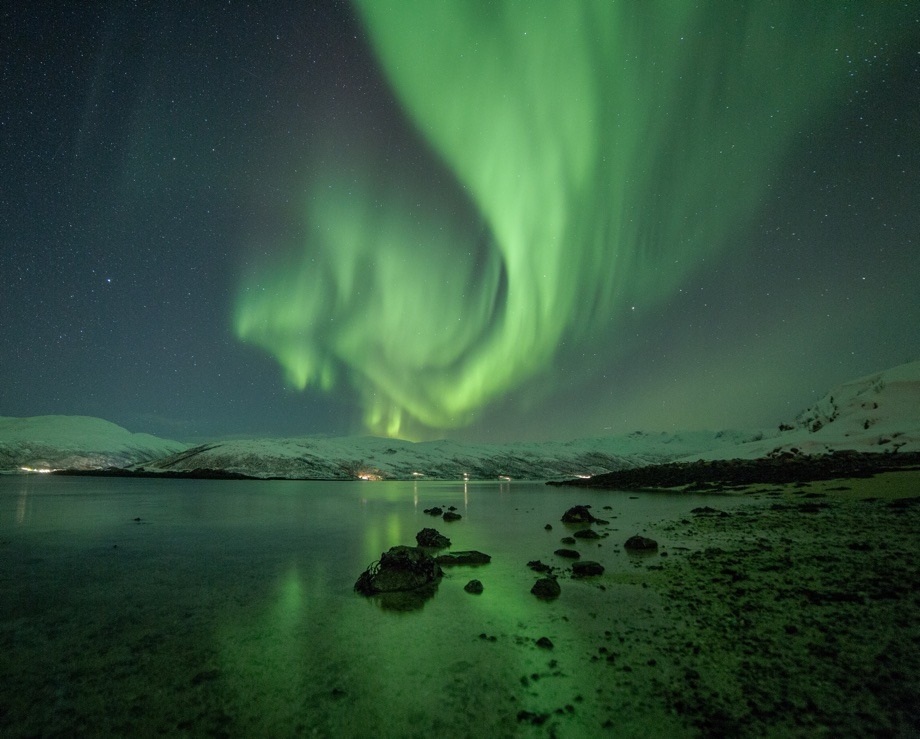
People often ask if the northern lights really look like they do in the pictures. The answer is both yes and no. During intense displays, the colours can be vivid, even pink or purple on the edges, but during weaker shows, it can appear more like a silvery-green mist.
The key difference is motion. Time-lapse videos speed everything up, but when you watch the real thing in real time, it’s slower, subtler, yet mesmerising.
Northern Norway is one of the world’s top aurora destinations thanks to its location beneath the so-called auroral oval. From late September through early April, there are frequent displays, especially on clear, dark nights away from artificial light.
Tromsø, Alta, Senja, and the Lofoten Islands are all fantastic bases for aurora hunting, with plenty of guided tours available for those unfamiliar with the terrain.
2. Meet the puffins of Røst
If you thought puffins only lived on remote cliffs in places like Iceland or the Scottish Isles, think again.
One of Norway’s most fascinating puffin colonies can be found on the far-flung island of Røst, where these colourful seabirds outnumber humans by a significant margin during the nesting season.
Røst is part of the Lofoten archipelago, but it feels wonderfully isolated, floating in the Norwegian Sea around 100 kilometres from the mainland. Getting to Røst is part of the adventure. You can arrive by ferry or small plane, and whichever route you take, the moment you arrive, everything slows down.

The island itself covers just four square kilometres, and the sea is always within sight. Røst is known for its fishing heritage, and you will see wooden fish drying racks, a clear reminder of the island’s role in the historic Lofoten fishery that has sustained the community for generations.
For birdwatchers, this is paradise. Røst sits along important migratory routes and provides a vital breeding ground for many seabird species. Puffins are the star attraction. In summer, thousands of them return to nearby sea stacks and islets to nest in burrows along the cliffs.
While the colonies are not on the main island itself, local boat tours allow visitors to observe the birds up close without disturbing their natural behaviour.
Even if you are not a devoted bird enthusiast, it is hard not to be charmed by puffins. With their expressive faces, bright orange beaks, and clumsy take-offs, they are both graceful and comical in equal measure.
3. Play with huskies
There are few experiences that capture the spirit of the Arctic more than gliding across a snowy landscape behind a team of enthusiastic huskies.
From the moment you meet the dogs, the excitement is contagious. Huskies are known for their boundless energy and friendly personalities, and they thrive in the snow-covered terrain.
Before the dog sled ride begins, the air is often filled with barking and howling as the dogs prepare to do what they love most. But once the sled sets off, the noise disappears. All you hear is the swish of the runners as the dogs pull you through a pristine, snow-blanketed world.
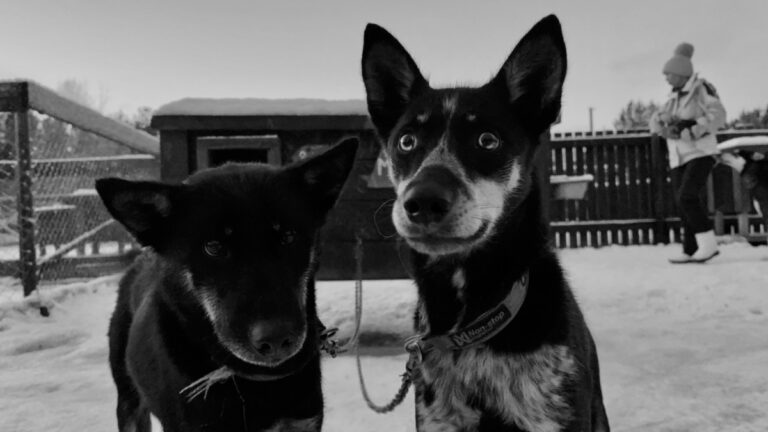
Dogsledding tours are available throughout Arctic Norway, in places like Tromsø, Alta, Kirkenes, and the Lyngen Alps. There are options for every level of adventure, from gentle hour-long excursions to full-day tours and even multi-day expeditions where you sleep in remote cabins or tents.
Some tours allow you to drive your own sled, learning to guide the team through forest trails, across frozen lakes, and over high plateaus. Others let you sit back and enjoy the ride as a guide takes the reins.
Dogsledding is available throughout the winter season, usually from November to April, depending on snow conditions.
On clear nights, the adventure becomes even more special. If you are lucky, you might catch a glimpse of the northern lights dancing overhead as you glide through the darkness.
4. Stop by the beautiful Arctic Cathedral
Tromsø’s Arctic Cathedral is one of the most recognisable buildings in northern Norway. Despite the name, it is not actually a cathedral but a parish church. That technicality does little to diminish its impact though. The structure is bold, beautiful, and instantly memorable.
Completed in 1965, the church was designed by architect Jan Inge Hovig and is meant to reflect the surrounding Arctic landscape. Its sharp, triangular form resembles both the peaks of nearby mountains and the shape of an iceberg, giving it a strong visual identity.
The white exterior stands out against both the snowy winter scenery and the lush greenery of summer.
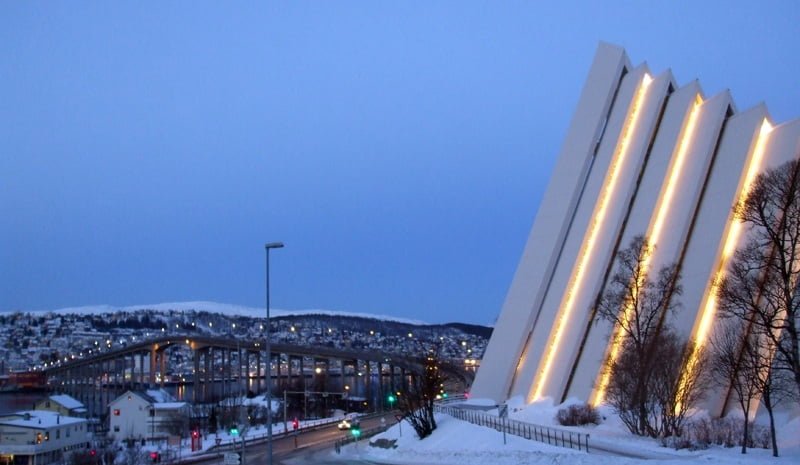
The Arctic Cathedral is located across the bridge from Tromsø’s city centre. You can walk there in around 20 minutes, with the crossing offering panoramic views of the city, harbour, and distant mountains.
Visiting hours vary so do check in advance, and there is a small charge on the door.
Inside, the church is relatively simple in design but striking in atmosphere. The main focal point is a vast stained-glass mosaic that fills the eastern wall. The artwork, created by Victor Sparre, features vivid colours and abstract imagery that captures themes of light, resurrection, and hope.
During the summer months, the Arctic Cathedral hosts a popular series of midnight sun concerts. They are popular with passengers on the southbound coastal express ferry.
5. Experience Finnmarksvidda, the coldest place in Norway
Despite its Arctic location, much of northern Norway benefits from a surprisingly mild climate thanks to the warming influence of the Gulf Stream. But head inland, and things change quickly.
The Finnmarksvidda, or Finnmark plateau, is one of the coldest parts of Norway. In Karasjok, temperatures have dropped as low as −51.4°C. While that record was set back in 1886, the plateau still sees long, cold winters and a truly Arctic atmosphere.
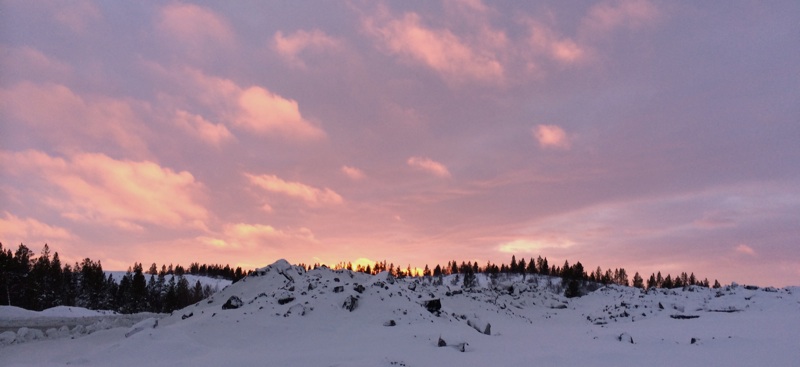
It’s a place of silence, snow, and sky. Dress properly and you’ll find it’s not only survivable but stunning.
6. Learn about Sami culture
Northern Norway is not only defined by its landscapes but also by the Indigenous Sámi people, who have lived in close connection with this environment for thousands of years.
The Sámi have adapted to life in the Arctic through sustainable practices such as reindeer herding, fishing, and seasonal migration, maintaining a strong cultural identity in the face of a challenging climate.
Finnmark is one of the best places to learn about Sámi heritage. Karasjok is home to the Sámi Parliament of Norway, a symbol of political and cultural recognition, and offers several points of interest for visitors.
The nearby town of Kautokeino is also a hub of Sámi life, especially during the Easter Festival, which features reindeer racing, joik performances (traditional Sámi singing), and cultural exhibitions.
In both towns, you can visit museums dedicated to Sámi history, browse locally made handicrafts such as duodji (traditional Sámi design), and sample dishes made with reindeer meat and other local ingredients.
7. Enjoy the Landscapes of Lofoten
Some destinations are so frequently praised that you start to wonder whether they can truly live up to expectations. The Lofoten Islands do, and then some.
This remote archipelago is known for its extraordinary scenery, where jagged mountain peaks rise almost vertically from the sea and traditional red fishing cabins, known as rorbuer, cling to the shoreline.
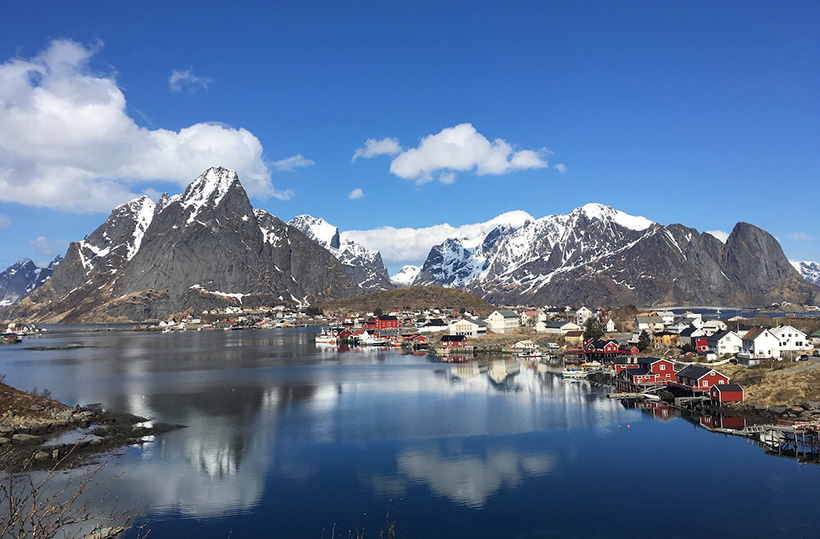
Every turn offers a new postcard-perfect view. Deep fjords, white-sand beaches, and quiet inlets make Lofoten a dream for photographers, while hikers and cyclists are drawn to the well-marked trails and coastal roads that reveal the islands' raw beauty at a slower pace.
The small fishing villages feel timeless, and there’s a sense of space and solitude even during the summer season.
Despite sitting above the Arctic Circle, Lofoten enjoys a relatively mild climate, thanks once again to the Gulf Stream. That said, the weather can be unpredictable. Rain showers are common, but so are moments of brilliant sunshine that bathe the mountains and sea in golden light.
Whether you’re here for outdoor adventures or to simply unwind with a view, Lofoten has a way of drawing visitors in. Many plan for a short visit and end up wishing they had stayed longer.
8. Take Norway's longest train journey
While the Bergen Line often takes the spotlight for its mountain views, Norway’s longest train journey lies further north and offers a completely different experience.
The Nordland Line stretches from Trondheim to Bodø, covering 729 kilometres in just under ten hours. The route takes you from coastal fjords to inland forests and eventually into the wide, open spaces of Arctic Norway.
Trains on the route include both day and night options, with modern carriages offering comfort and large windows for enjoying the view. One of the journey’s highlights is crossing the Arctic Circle, an invisible boundary that marks your entry into the land of the midnight sun and polar night.
In summer, the scenery is bathed in soft, endless daylight, making it ideal for sightseeing. In winter, the train glides through a snowy landscape where cabins and forests disappear into the frost-covered hills.
9. Watch Top Flight Football in the Arctic
Tromsø IL has the rare honour of being one of the northernmost top-division football clubs in the world. Their home ground, Romssa Arena, sits just a short albeit uphill walk from Tromsø’s city centre and provides a unique setting for the beautiful game.
On matchdays early or late in the season, fans often gather in freezing temperatures, with snow falling and the surrounding mountains visible just beyond the stands.
The Arctic climate adds an unpredictable element to the action. Far from being a disadvantage, this gives the matches a character all their own. The atmosphere is spirited, and local fans are fiercely loyal.
Another northern team, Bodø/Glimt, has gained international attention in recent seasons with back-to-back league titles and strong performances in European competitions.
10. See the Midnight Sun at the North Cape
In the depths of winter, the Arctic endures weeks without sunlight. In the summer, nature flips the switch. The Midnight Sun is a surreal experience, where the sun never fully sets and daylight lingers into the early hours.
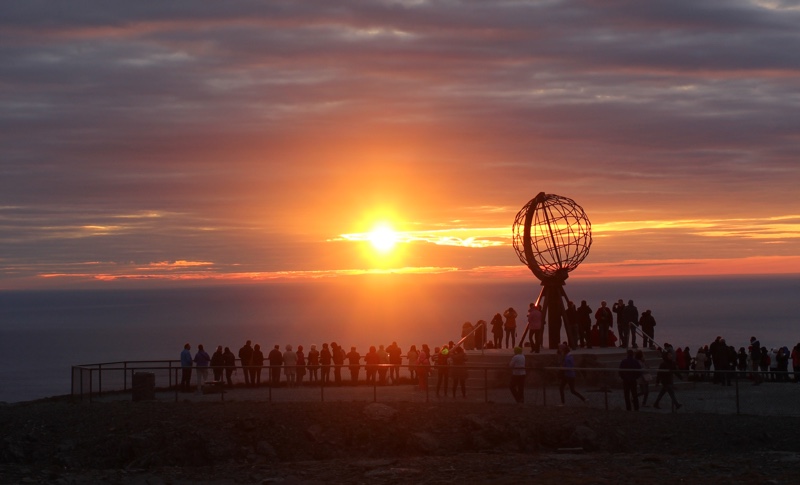
One of the most iconic places to witness this phenomenon is the North Cape, often regarded as the northernmost point of mainland Europe.
From mid-May to late July, you can stand at the cliff’s edge and watch the sun float across the horizon in a golden arc that never dips out of sight.
11. Run the Midnight Sun Marathon
If you like your adventures with a side of endurance, the Midnight Sun Marathon might be your perfect challenge. Held in Tromsø every June, this popular race attracts runners from around the world who want to experience racing under a bright Arctic sky at midnight.
For those who prefer a chillier test, the same city hosts the Polar Night Half-Marathon each January, with participants braving the snow, ice, and long winter darkness. Whether you're chasing personal bests or just the atmosphere, these events offer a truly unforgettable backdrop.
The Norwegian Arctic is many things: rugged, remote, and occasionally extreme, but it is never boring. From huskies and puffins to football in the snow and sunlight at midnight, this corner of Europe offers experiences found nowhere else.
What makes you most want to visit the Norwegian Arctic? I'd love to hear your thoughts! Let me know down in the comments.


Arctic Cathedral and Lofoten are definitely on my list. And hugging Huskies! And the Northern lights. Basically all of it.
Nice blog, man.
Seeing your own life, heritage and surroundings through the eyes of “others” is enjoyable and interesting, as sometimes one “re-discovers” what age and experience has helped to forget.
Looking forward to you next post, and if you need any input, how about checking out the region of Sunnmoere, fjords and inlets, sprinkled with excellent hiking-routes, beaches and bird-sanctuary.
If you scuba or swim, there’s also the odd ship-wreck, ancient treasures and surf-spots.